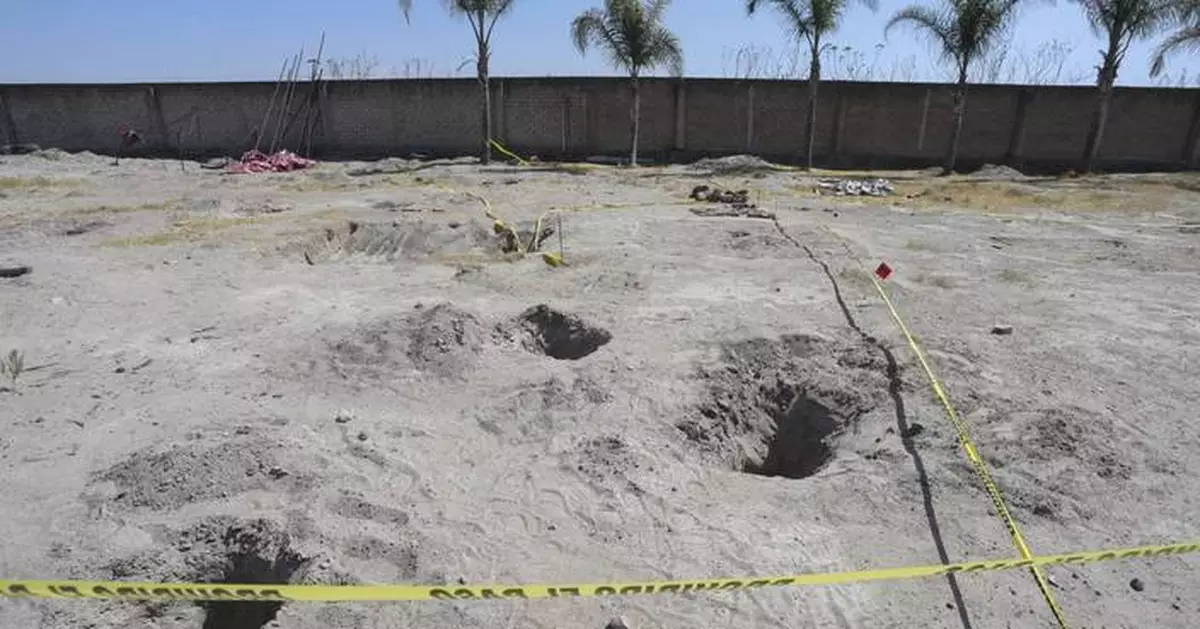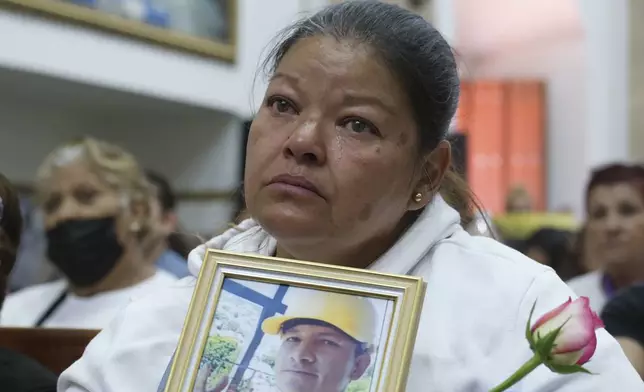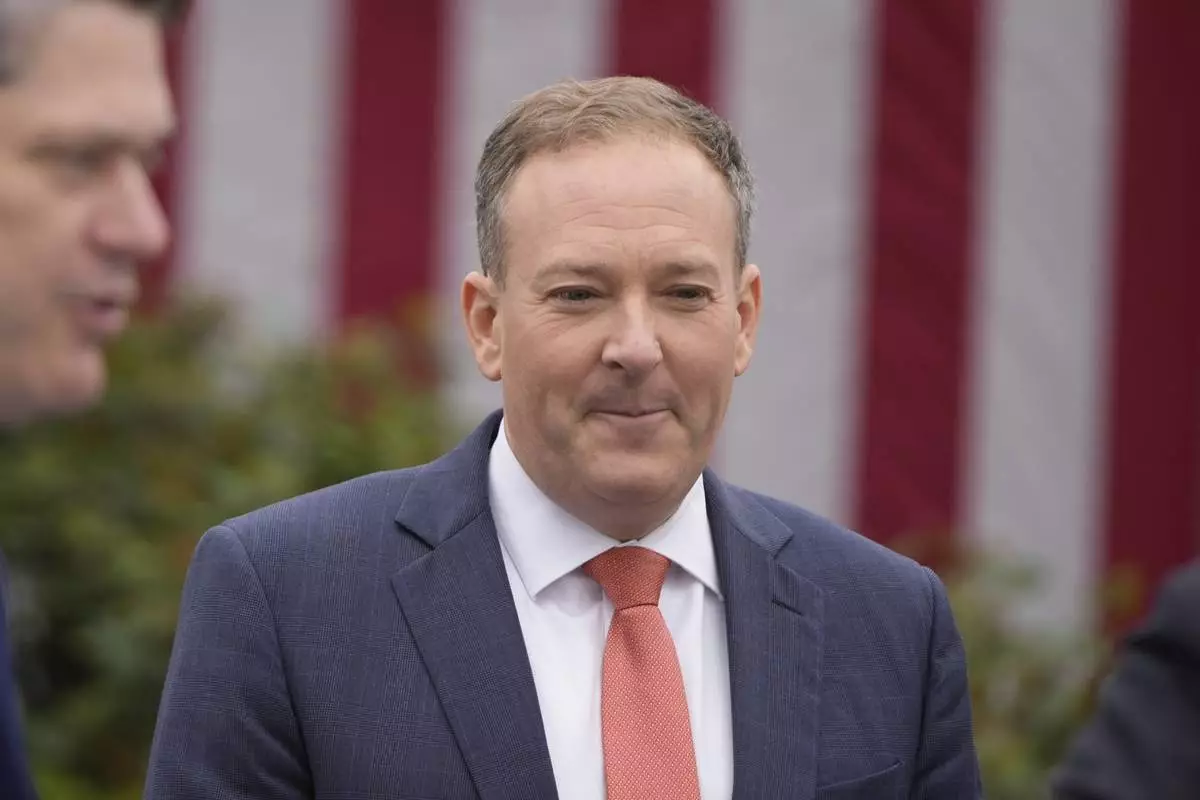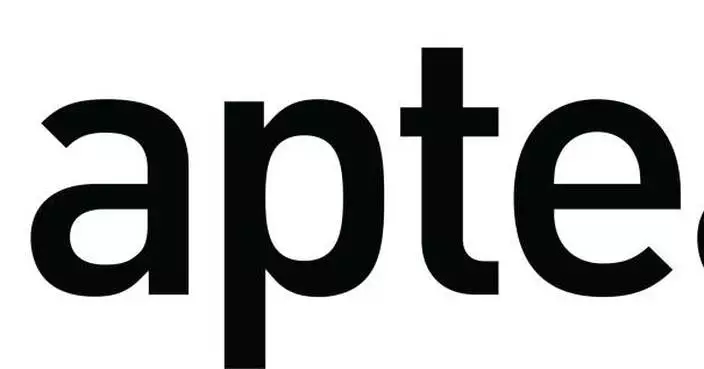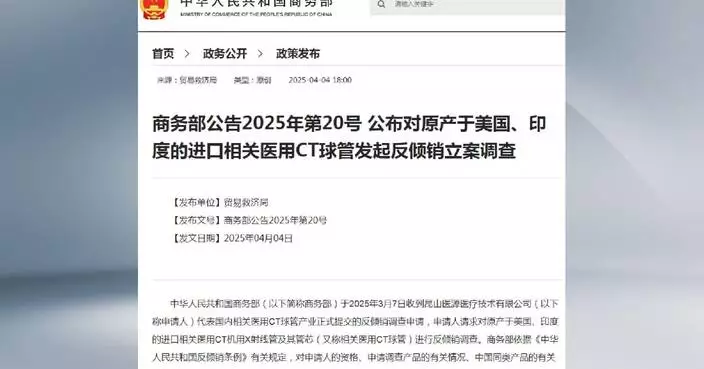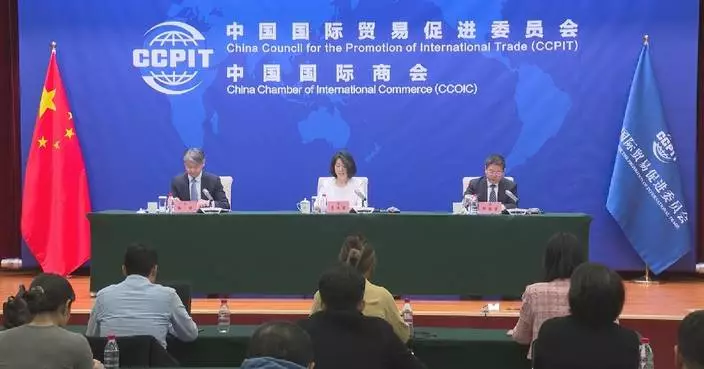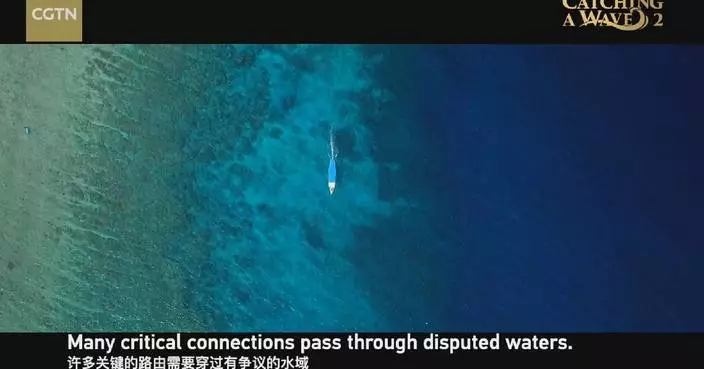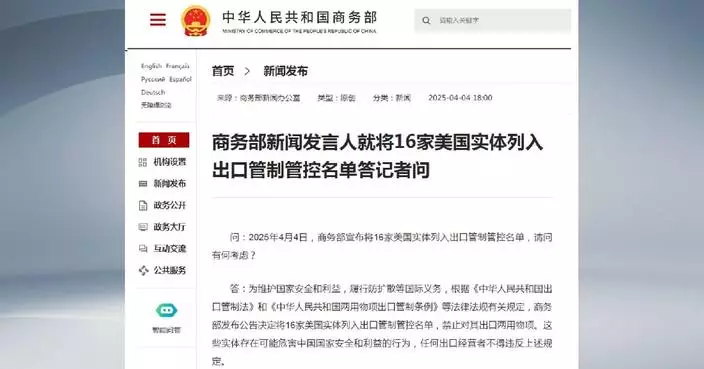MEXICO CITY (AP) — Online recruiting techniques and complicit local authorities have been among the details revealed by the renewed investigation of a ranch in western Mexico where authorities say the Jalisco New Generation Cartel trained its recruits.
Lured by fake job offers, those who resisted risked death.
One of Mexico's most powerful cartels, which the U.S. Drug Enforcement Administration says has some 19,000 in its ranks, developed rapidly into an extremely violent and capable force after it split from the Sinaloa cartel following the 2010 killing of Sinaloa cartel capo Ignacio “Nacho” Coronel Villarreal by the military.
The Jalisco cartel is led by Nemesio Rubén “el Mencho” Oseguera Cervantes, for whom the U.S. government has offered a $15 million reward for information leading to his capture. Oseguera drew renewed attention this week after his image was projected as a band played at a music festival in Jalisco over the weekend.
The Jalisco and Sinaloa cartels have battled for control of various parts of Mexico, including Mexico’s southern border with Guatemala. Both are among six Mexican organized crime groups recently designated as Foreign Terrorist Organizations by the U.S. government.
One of authorities’ recent advances against Jalisco was the arrest of José Gregorio Lastra, allegedly in charge of the cartel’s recruitment.
The Jalisco cartel employs three recruiting methods: there are volunteers drawn by the pay and imagined lifestyle, which experts say make up the bulk of their number; there’s targeted recruitment of ex-military and police forces, who because of their professional training enter the cartel as trainers and leaders of squads of gunmen. Finally, there's the kind of forced recruitment that investigators say happened at the Jalisco ranch.
For that last category, authorities say the cartel uses social platforms — they’ve identified at least 60 pages — to offer fake job opportunities, especially as security guards, with weekly salaries of $600, well above the average for such positions. Once they have the applicants, they force them to join the cartel.
One recruit who reportedly survived the ranch has said that the cartel picked up recruits at bus stations under false pretenses and took them to the ranch where they were trained for a month in the use of weapons in addition to fitness training, Mexico’s Public Security Secretary Omar García Harfuch said. Those who refused or tried to escape were beaten, tortured and killed.
Security analyst David Saucedo said Jalisco’s structure is vertical, with Oseguera at the top.
Last weekend, pictures of Oseguera were projected as a band started playing at a regional music festival in Jalisco. Some in the crowd cheered and on Monday President Claudia Sheinbaum, as well as Jalisco's governor, condemned the act. The Jalisco State Prosecutor's Office said it was opening an investigation. Such displays of respect for cartel leaders are not uncommon.
Below Oseguera are regional commands, as well as areas responsible for drug production and sales, Saucedo said.
The DEA says the cartel has a presence in 21 of Mexico’s 32 states, exceeding the Sinaloa cartel’s 19. Some analysts believe Jalisco is actually in as many as 25 states, including its home base in the state of the same name. It also maintains a presence in some 100 countries, according to the DEA.
In less than two decades, Jalisco became one of Mexico’s most powerful criminal organizations and even managed to take control of some traditional strongholds of the Sinaloa cartel. Sinaloa has been weakened more recently by infighting among its factions following arrests of key leaders, including Joaquín “El Chapo” Guzmán, who is serving a life sentence in the U.S., and Ismael “El Mayo” Zambada, who was arrested last July along with one of Guzmán’s sons and is awaiting trial in the U.S.
Center for Research and Higher Studies in Social Anthropology researcher Carlos Flores said Jalisco’s “capacity for violent action” and style of “irregular warfare” aided its speedy rise, which coincided with the emergence of fentanyl as a highly profitable revenue stream.
Saucedo says that Jalisco has also successfully allied itself with other criminal groups, allowing it to penetrate some territories with a sort of “franchise” model as in the central state of Aguascalientes and the key border city of Tijuana.
The case of the ranch also serves as an example of how the Jalisco cartel is able to operate with impunity in territory it controls thanks to the complicity of local authorities, Flores said.
Despite being discovered in September 2024 and 10 people being arrested, the ranch’s investigation stalled until family members searching for their relatives went there themselves in March and raised the alarm about hundreds of clothing items they found, as well as apparent bone fragments. Since then, authorities have detained three local police officers who were allegedly tied to disappearances at the ranch.
“There are signs that show publicly how those kinds of deals have allowed the Jalisco cartel to establish itself in certain states, while they go about eliminating their rivals, sometimes with the help of public safety forces,” Flores said.
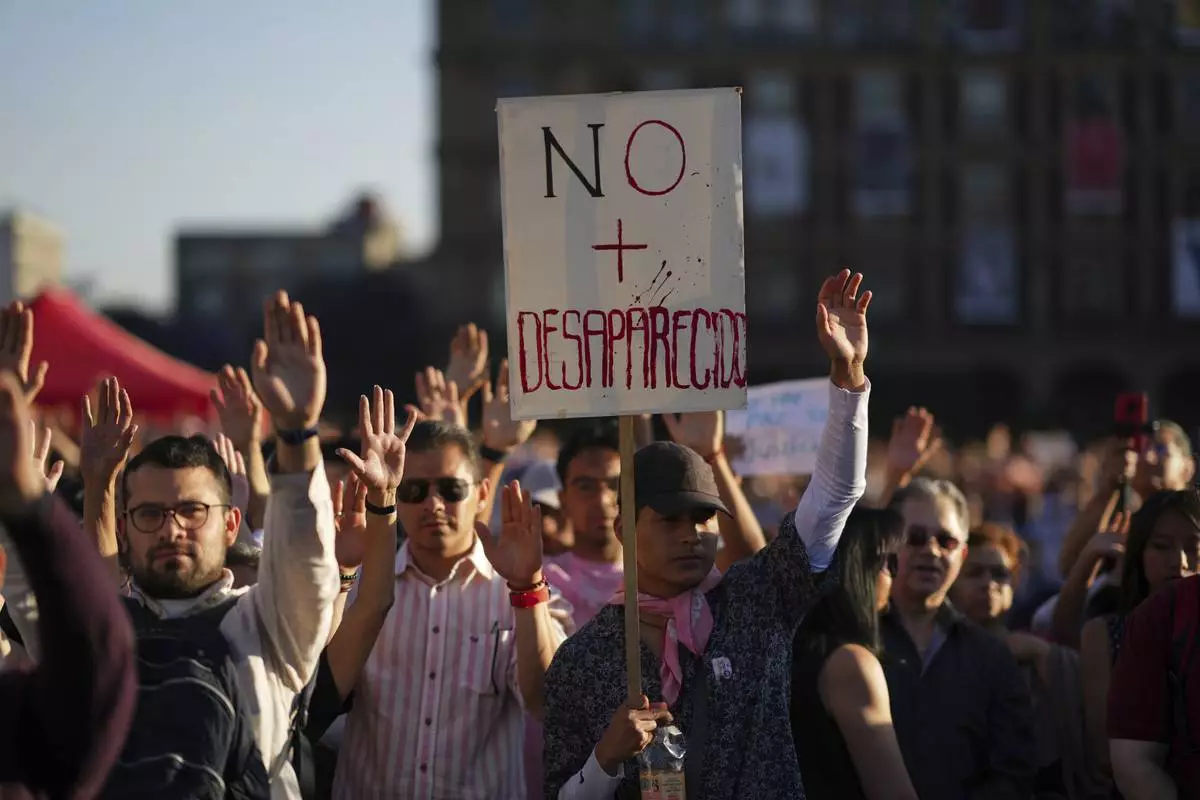
FILE - Demonstrators attend a vigil at the Zocalo, Mexico City's main square, March 15, 2025, for the victims whose skeletal remains were discovered at a ranch in Jalisco state. The sign reads in Spanish "No more disappeared." (AP Photo/Eduardo Verdugo, File)

FILE - A woman holds up a photo of a missing person at a religious Mass after skeletal remains were discovered at Izaguirre Ranch in Teuchitlan, Jalisco state, Mexico, March 16, 2025. (AP Photo/Alfredo Moya, File)
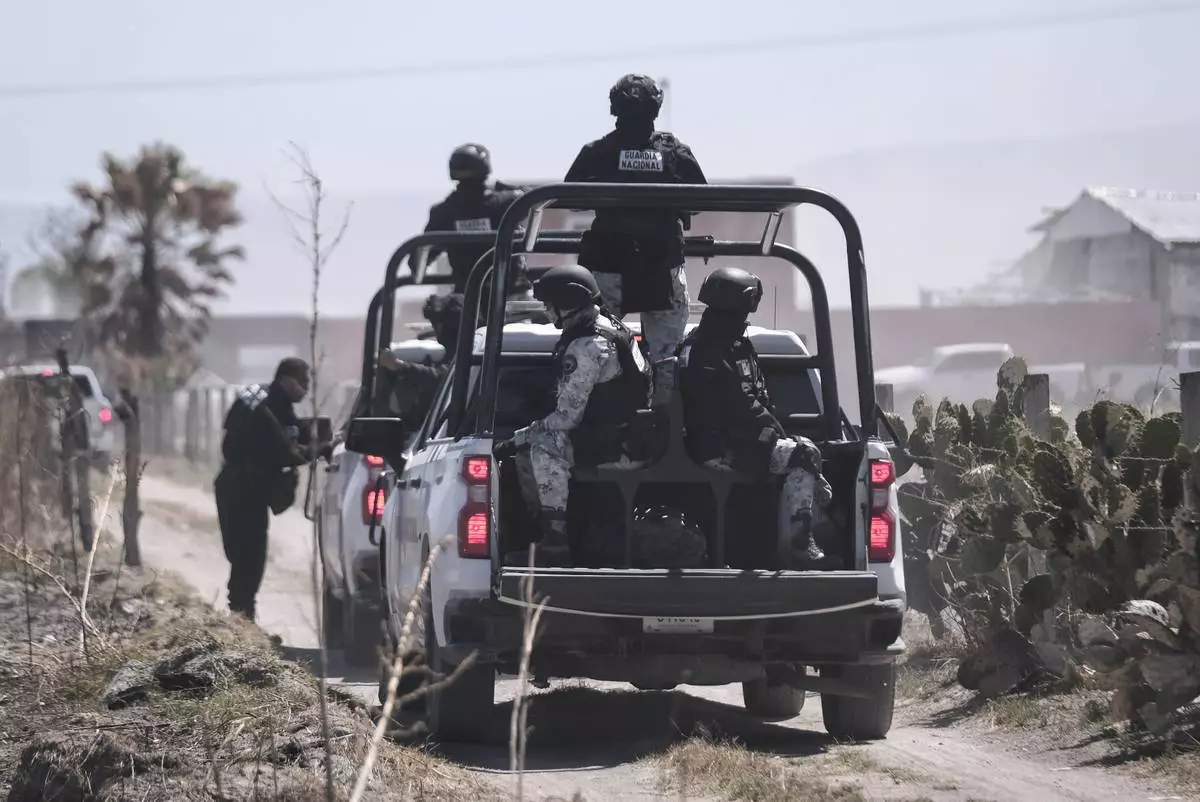
FILE - Mexican National Guards arrive to Izaguirre Ranch where skeletal remains were discovered in Teuchitlan, Jalisco state, Mexico, March 13, 2025. (AP Photo/Alejandra Leyva, File)
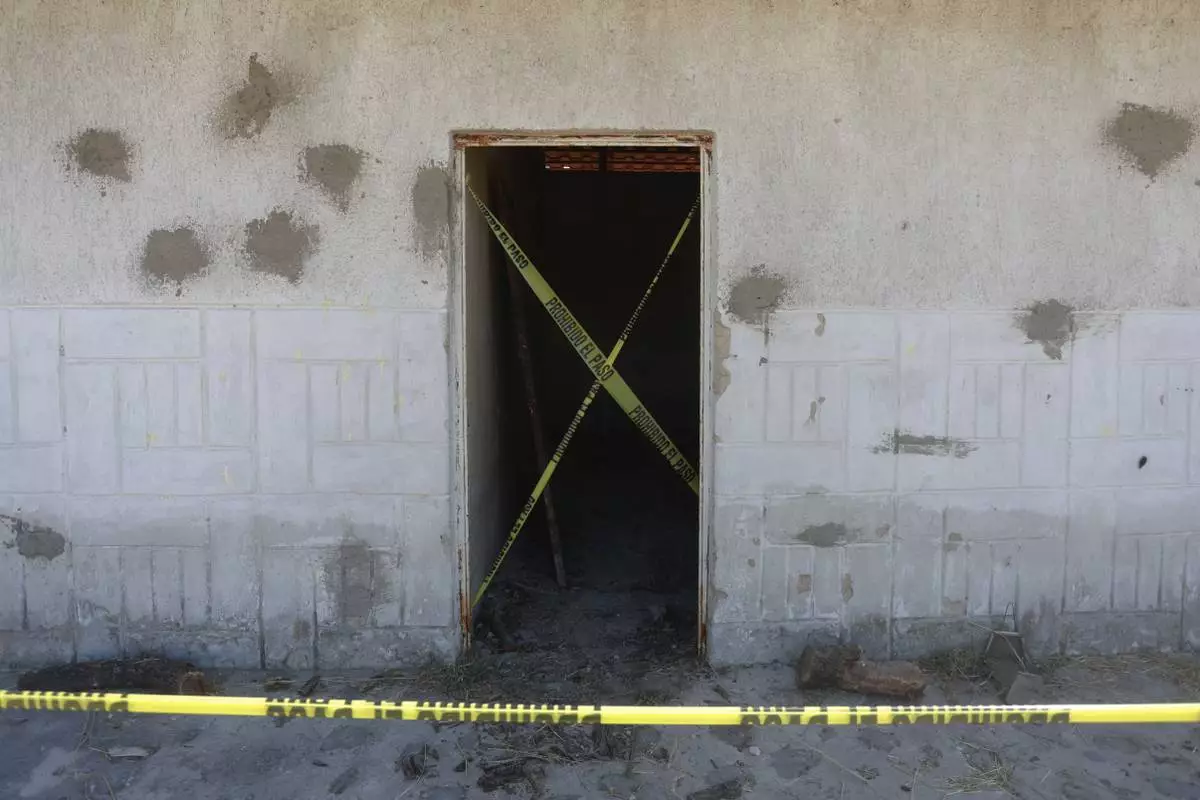
FILE - Barricade tape set up by authorities cordons off the interior of Izaguirre Ranch during a tour for the press, days after skeletal remains were discovered on the premises, in Teuchitlan, Jalisco state, Mexico, March 20, 2025. (AP Photo/Alfredo Moya, File)
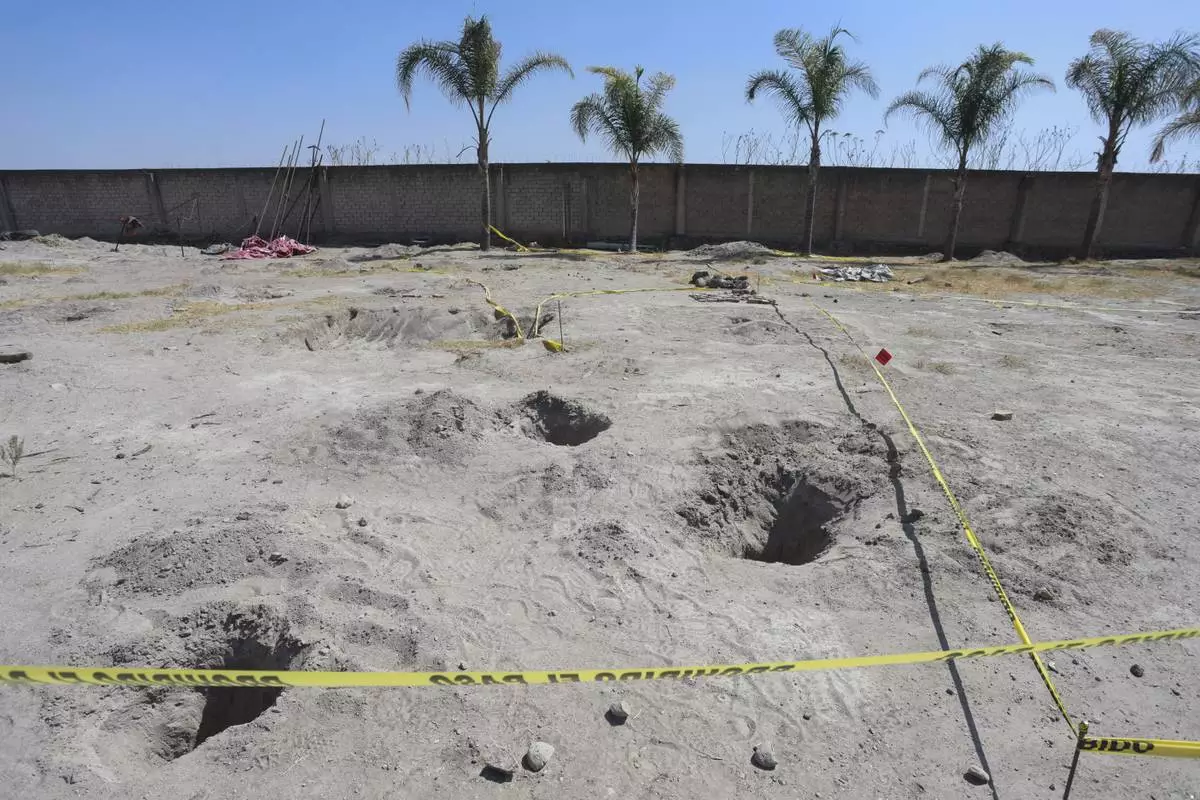
FILE - Barricade tape set up by authorities cordons off parts of Izaguirre Ranch during a tour for the press, days after skeletal remains were discovered on the premises, in Teuchitlan, Jalisco state, Mexico, March 20, 2025. (AP Photo/Alfredo Moya, File)


